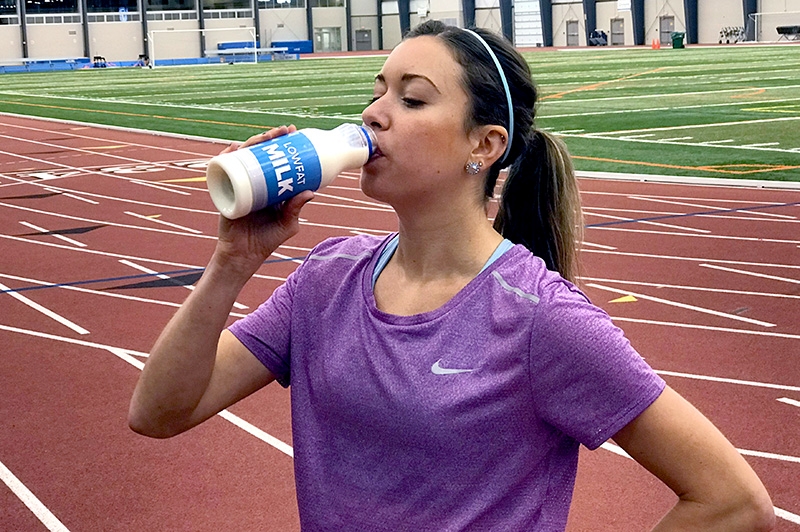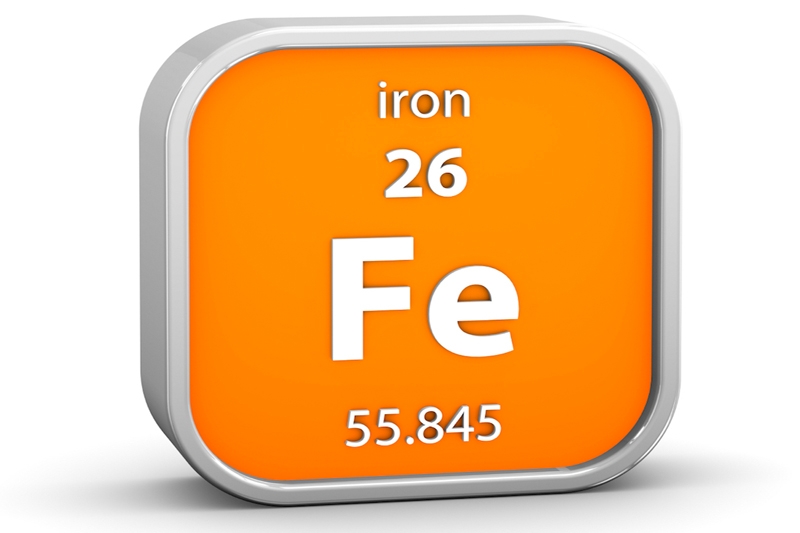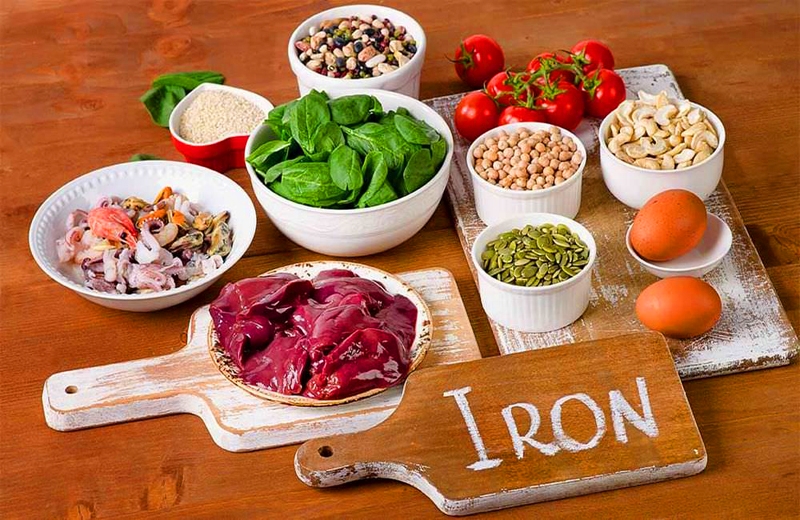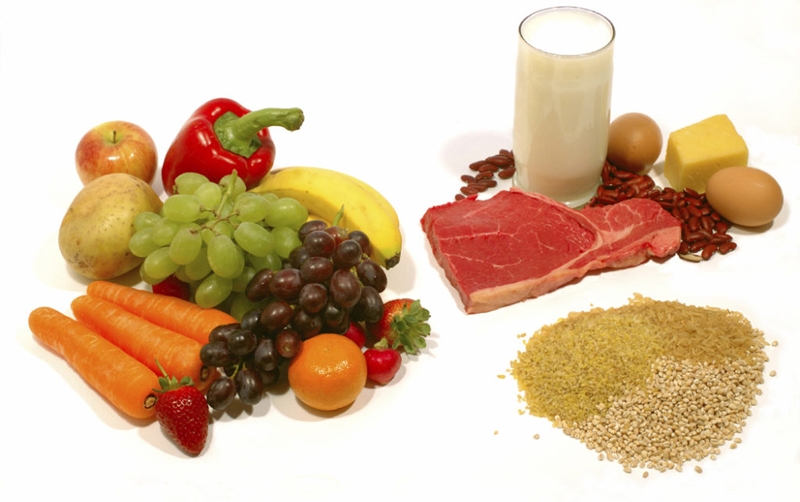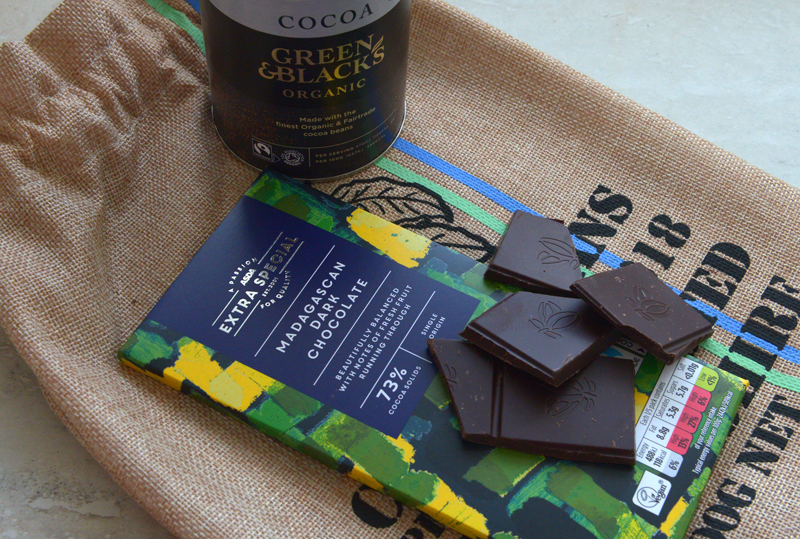You are viewing 1 of your 1 free articles. For unlimited access take a risk-free trial
Iron nutrition: how a humble grain could boost your performance
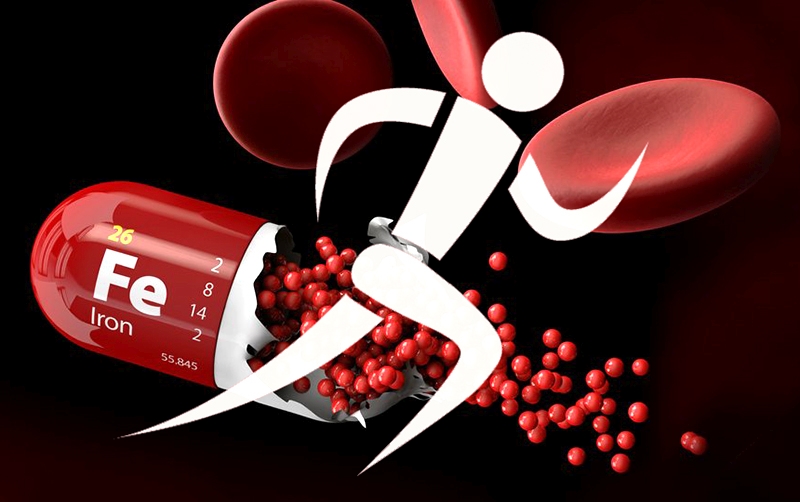
Andrew Hamilton explains the challenges of iron nutrition for vegetarian and vegan athletes, and how a humble grain called teff could help ensure you achieve maximum performance
In recent years, the number of people following vegetarian and vegan diets has grown rapidly. In terms of athletic participation, research suggests that a well-planned vegetarian diet is perfectly compatible with endurance performance(1). Vegan diets (which contain no animal produce whatsoever) can also work for endurance athletes, albeit with the caveat that extra care and additional supplementation may be required(2).Challenges of iron nutrition
However, one area of potential concern for both vegetarian and vegan athletes is iron nutrition. Numerous studies across large populations of athletes have shown that (especially in female athletes), iron status is all too frequently sub-optimum, which can lead to impaired endurance performance(3-7). For vegetarian and vegan athletes, the issue isn’t so much about the total dietary iron intake; it’s more that vegetable sources of iron are harder to absorb than animal (haem) iron sources(8). Given the importance of maintaining an optimum iron status, it’s natural to ask if vegetarian athletes, especially females, shouldn’t be supplementing iron as a matter of course? Unfortunately, this is not recommended. Firstly, self-dosage on high strength iron supplements for long periods of time can induce toxicity. Secondly, large doses of iron can reduce the uptake of other important minerals such as zinc and copper, creating possible nutrient imbalances.Teff vs. wheat
A better way to achieve this is to try and ensure the day-to-day diet is plentiful in iron by including plenty of iron-rich foods. As any nutritionist will tell you, an effective way to boost the intake of a nutrient is to look at the staple foods in your diet and see if there are alternative choices that are richer in that particular nutrient. As it happens, when it comes to iron, there is such a food – teff. Teff (see figure 1) is a little known grain here in the West. About the size of a poppy seed, teff grows predominantly in Ethiopia and Eritrea, and thrives even in difficult climates. However, interest in teff is growing because of its very high nutrient content; compared to whole wheat, teff is extremely rich in easily-absorbed iron. It’s also rich in calcium, omega-3 fatty acids and a number of other nutrients. Given the fact that teff is so iron rich, studies have researchers have been investigating whether substituting ordinary wheat bread with bread made from teff is an effective way of improving iron status in female athletes.Figure 1: Teff grains (unmilled)

Teff and runners
In one study, 11 young (aged between 18 and 45 years) female runners who were running at least three times a week were recruited from local running clubs(9). After a pre-study screening, the runners were asked to swap their usual bread for six weeks with bread made from Teff grain. They were also asked to change any other of their dietary habits or exercise regimes. The Teff bread supplied to the runners contained 5.6mg iron per 100g. This compares with around 2mg per 100g for wheat bread – ie some two and a half to three times higher. The runners’ daily diet, exercise levels, body measurements, blood iron parameters and exercise performance were assessed at the start of the six weeks at the study midpoint then again at the end of the study. The runners were also asked to keep a ‘bread consumption’ log in order to record their compliance.What they found
Before the 6-week intervention, the runners were getting inadequate daily dietary iron intake, averaging 10.7mgs per day - as opposed to the recommended optimum intake of 18mgs per day. In fact, only 36% of runners reached estimated average requirement of 11.4mg per day with 18% of them falling below the lower reference nutrient intake – ie the level at which a nutrient deficiency is almost certain to occur. This shortfall resulted in a compromised iron status with over a third of the runners demonstrating depleted tissue iron stores see figure 2).Figure 2: Iron intake prior to teff consumption(9)

Key: LRNI - lower reference nutrient intake, EAR - estimated average requirements, RNI - reference nutrient intake. Seven out of the eleven runners (63%) failed to meet even their estimated average iron requirement. Given that a runner needs more iron than the average person (because of losses incurred by pounding), these results are poor.
After six weeks of swapping to Teff bread, the runners’ intake of total dietary iron increased significantly to 18.5mg per day. Analyses showed that the Teff bread provided on average 7.0mg iron a day and was a major factor in the runner’s improved iron nutrition. Another key finding was that switching to Teff bread was associated with improved tissue iron status, especially in those runners who started the intervention with low levels of tissue iron.
Implications for endurance athletes
As we stated above, numerous studies have shown that ensuring optimum iron intake is particularly challenging for endurance athletes (especially younger female athletes where monthly menstrual blood losses occur). However, male athletes should not assume that their iron status is optimum just by virtue of being male. A study last year on 38 elite runners and triathletes looked at levels of serum ferritin (an iron-storage protein circulating in the blood) and haemoglobin (the iron-containing molecule in red blood cells that transports oxygen around the body)(10). It found that the incidence of iron deficiency among the runners and triathletes was higher than might be expected, and significantly higher than that reported for endurance athletes in previous studies. It also found that this higher incidence was reported for both male and female athletes; indeed, the male athletes had actually suffered from HIGHER levels of iron deficiency than their female counterparts! Moreover, although some of the athletes routinely used iron supplements (or had been prescribed them following testing), there seemed to be no relationship between supplement use and subsequent iron status – ie the supplements didn’t appear to offer a protective effect against deficiency.Recommendations
Vegetarian and vegan athletes need to pay keen attention to their iron status – as indeed do all endurance athletes! Simply popping iron pill may not result in optimum levels of iron in the body. A better route is to consume more iron-rich foods in the day-to-day diet. One proven way that vegetarian and vegan athletes can achieve this is to use iron-rich teff grain in place of wheat (eg teff bread). An effort to increase the consumption of other vegetarian/vegan iron-rich foods (see table below) can additionally help boost iron intake, which will also help ensure you can achieve your maximum endurance potential!Table 1 Good vegetable sources of iron
| Food | Iron (milligrams) |
|---|---|
| Teff bread (100g) (made from red teff flour) | 5.6 |
| Fortified breakfast cereal (1 cup)* | 4.5 |
| Pumpkin seeds (1 oz) | 4.2 |
| Blackstrap molasses (1 Tablespoon) | 3.5 |
| Spinach, boiled (1/2 cup) | 3.2 |
| Red kidney beans, cooked (1/2 cup) | 2.6 |
| Prune juice (3/4 cup) | 2.3 |
| Lima beans, cooked (1/2 cup) | 2.2 |
| Tofu, firm (1/2 cup) | 2.0 |
| Pretzels (1 oz) | 1.2 |
| Whole-wheat bread (1 slice) | 0.9 |
| Green beans, cooked (1/2 cup) | 0.8 |
| Egg yolk, large (1) | 0.6 |
| Peanut butter, chunky (2 tablespoons) | 0.6 |
| Apricots, dried (3) | 0.6 |
Newsletter Sign Up
Testimonials
Dr. Alexandra Fandetti-Robin, Back & Body Chiropractic
Elspeth Cowell MSCh DpodM SRCh HCPC reg
William Hunter, Nuffield Health
Newsletter Sign Up
Coaches Testimonials
Dr. Alexandra Fandetti-Robin, Back & Body Chiropractic
Elspeth Cowell MSCh DpodM SRCh HCPC reg
William Hunter, Nuffield Health
Keep up with latest sports science research and apply it to maximize performance
Today you have the chance to join a group of athletes, and sports coaches/trainers who all have something special in common...
They use the latest research to improve performance for themselves and their clients - both athletes and sports teams - with help from global specialists in the fields of sports science, sports medicine and sports psychology.
They do this by reading Sports Performance Bulletin, an easy-to-digest but serious-minded journal dedicated to high performance sports. SPB offers a wealth of information and insight into the latest research, in an easily-accessible and understood format, along with a wealth of practical recommendations.
*includes 3 coaching manuals
Get Inspired
All the latest techniques and approaches
Sports Performance Bulletin helps dedicated endurance athletes improve their performance. Sense-checking the latest sports science research, and sourcing evidence and case studies to support findings, Sports Performance Bulletin turns proven insights into easily digestible practical advice. Supporting athletes, coaches and professionals who wish to ensure their guidance and programmes are kept right up to date and based on credible science.
